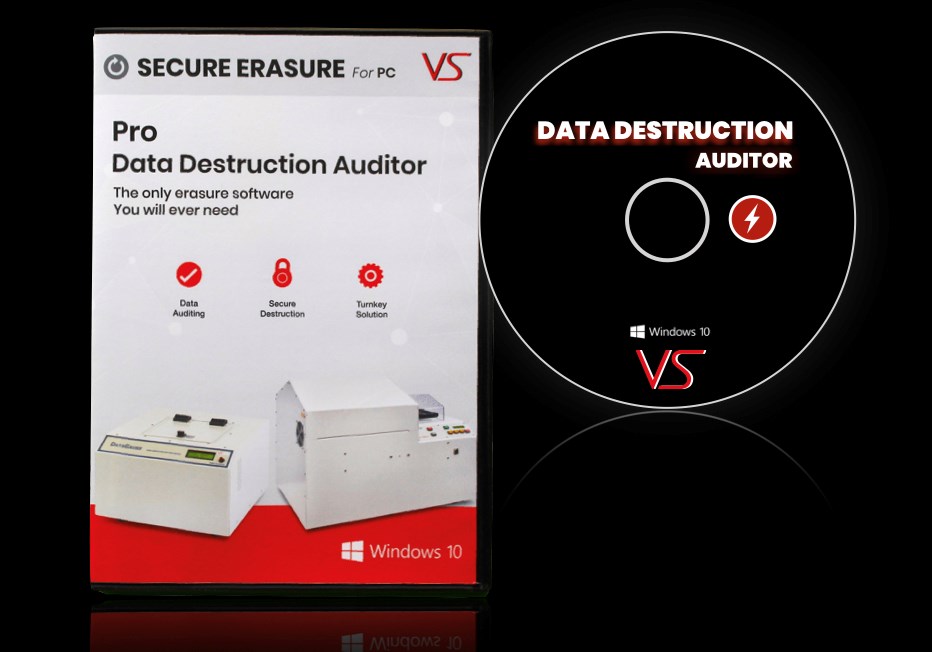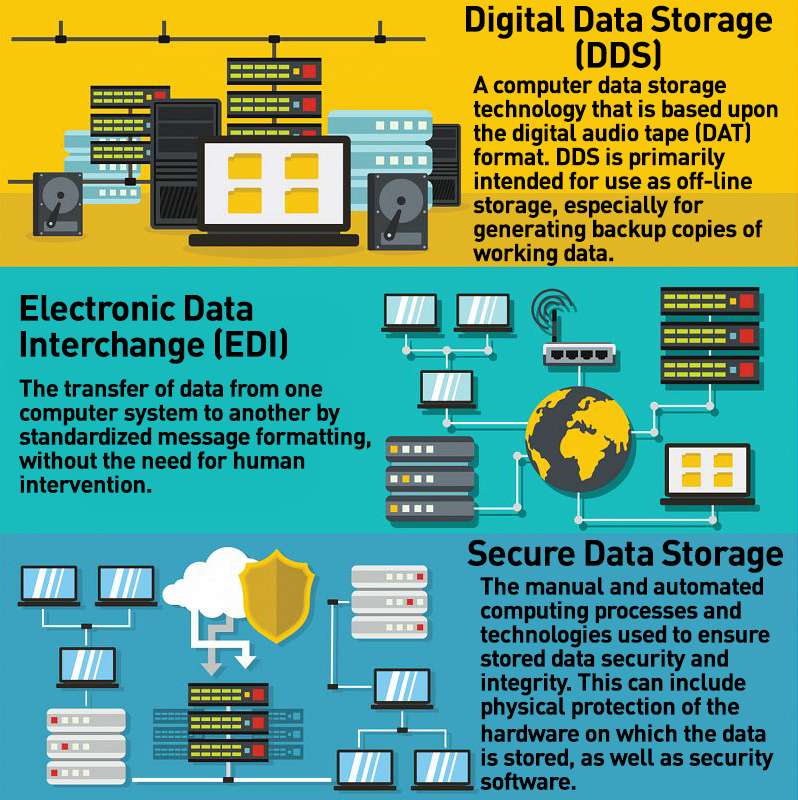The Significance of Effective Information Devastation Practices in Safeguarding Sensitive Info and Ensuring Computer System Safety And Security
In a period where data violations are increasingly usual, the significance of efficient information damage methods can not be overstated. Implementing robust information destruction methods not only reduces these risks but likewise straightens with legal conformity demands, guaranteeing that companies maintain their credibility and foster customer count on.
Comprehending Information Destruction
Recognizing information destruction is vital in today's electronic landscape, where sensitive details can quickly be endangered. Effective information destruction includes not just erasing documents but ensuring that information is irretrievable with detailed methods. This process is important for companies that handle private customer info, copyright, or interior records, as any breach can cause extreme financial and reputational repercussions.
Data destruction incorporates different strategies, consisting of shredding physical media, degaussing magnetic storage space tools, and utilizing software-based options that overwrite information numerous times. Each technique serves a details objective and must align with the level of sensitivity of the details being dealt with. Physical devastation is frequently liked for tough drives consisting of extremely confidential information, while software program methods could suffice for much less delicate info.
Additionally, adhering to industry standards and regulations, such as the General Information Security Policy (GDPR) or the Medical Insurance Mobility and Responsibility Act (HIPAA), is important for conformity and to alleviate lawful risks. Organizations has to establish a durable data destruction plan, train workers on best techniques, and consistently investigate their procedures to make certain that all delicate information is dealt with firmly and successfully.
Risks of Inadequate Practices
Poor data destruction techniques expose companies to considerable risks that can have significant repercussions. When sensitive info is not correctly taken care of, it remains at risk to unapproved gain access to, which can bring about information breaches and identity theft. Such occurrences not only compromise the protection of individuals but additionally tarnish the company's track record, resulting in a loss of client depend on and prospective economic consequences.
Moreover, regulatory compliance is significantly rigid in many markets. Failing to follow information destruction guidelines can lead to significant fines and lawful activities against organizations. These charges can strain funds and draw away attention from core company operations.
Additionally, the abuse of residual information can cause copyright theft or corporate espionage, endangering affordable benefits (data destruction). The influence of insufficient information devastation expands beyond instant monetary losses; it can also cause lasting damages to brand name honesty and market placement

Organizations should acknowledge that information security is not entirely concerning protecting against violations; it additionally encompasses the responsible management of information throughout its lifecycle. Neglecting reliable data damage protocols can have tragic implications, emphasizing the need for durable actions to alleviate these dangers.
Finest Practices for Data Destruction
Implementing reliable information damage practices is crucial for guarding delicate details and preserving compliance with regulative criteria. Organizations ought to embrace a multi-faceted strategy to make sure that data is irretrievable, thus stopping unauthorized access and possible breaches.
First, data need to be categorized based on sensitivity, allowing organizations to apply suitable devastation techniques customized to the level of risk. For electronic information, using software-based data-wiping devices that abide by sector criteria can effectively overwrite existing data. Physical devastation techniques, such as shredding or degaussing, are vital for tools that keep delicate info, guaranteeing total removal.
Establishing a clear information retention have a peek at these guys policy is essential, outlining the length of time different kinds of information need to be maintained before damage. Regular audits of data storage space systems are likewise essential to determine unneeded or obsolete data needing elimination.
Furthermore, training employees on the significance of information destruction and the particular procedures to comply with fosters a society of security within the organization. Preserving documents of information devastation processes provides liability and sustains compliance with internal policies and outside guidelines. By adhering to these ideal practices, organizations can substantially minimize the threats related to information click resources direct exposure.
Legal and Conformity Considerations

Failing to abide by these guidelines can result in extreme fines, including considerable penalties and reputational damages. Organizations needs to implement a robust information damage plan that aligns with these legal structures and gives clear guidelines on the appropriate techniques of information disposal, whether physical shredding or electronic cleaning.
Moreover, preserving documents of data damage tasks is vital for demonstrating compliance throughout audits or examinations. By prioritizing lawful and compliance considerations, companies can enhance their data safety position and foster depend on with clients and stakeholders, inevitably adding to an extra safe information management environment.
Benefits of Effective Data Damage
Efficient information damage methods prolong beyond mere compliance; they provide significant benefits to organizations that prioritize them. By making certain that sensitive details is irretrievably damaged, organizations mitigate the threat of information breaches and the prospective financial effects related to them. This aggressive strategy not only safeguards versus unapproved accessibility yet likewise enhances the overall trustworthiness of the company in the eyes of customers and stakeholders.
Implementing durable information damage methods, such as physical devastation of storage space devices or advanced information wiping techniques, adds to the conditioning of a company's cybersecurity position. data destruction. It decreases the possibility of copyright theft and safeguards proprietary details, thus maintaining an affordable edge in the market

Verdict
To conclude, additional info effective data damage techniques are essential for protecting delicate details and boosting overall computer protection. By applying detailed methods such as degaussing, shredding, and software program overwriting, organizations can alleviate the risks linked with unauthorized gain access to and information violations. Adherence to governing standards, consisting of GDPR and HIPAA, more strengthens compliance and secures versus legal consequences. Eventually, a commitment to robust information devastation approaches promotes a culture of responsibility, thereby reinforcing an organization's cybersecurity position and maintaining customer trust.

Comments on “Data Destruction Solutions: A Key Element in Your Cyber Security Approach”